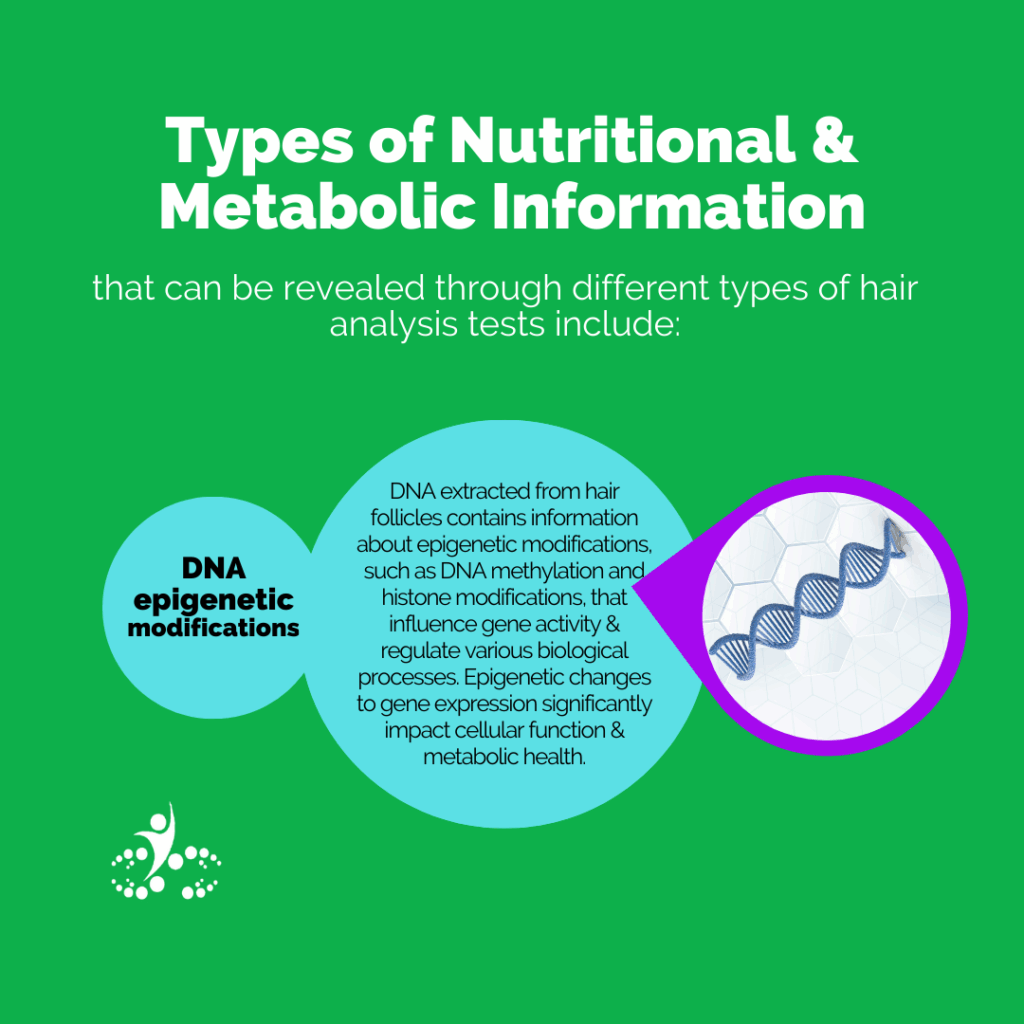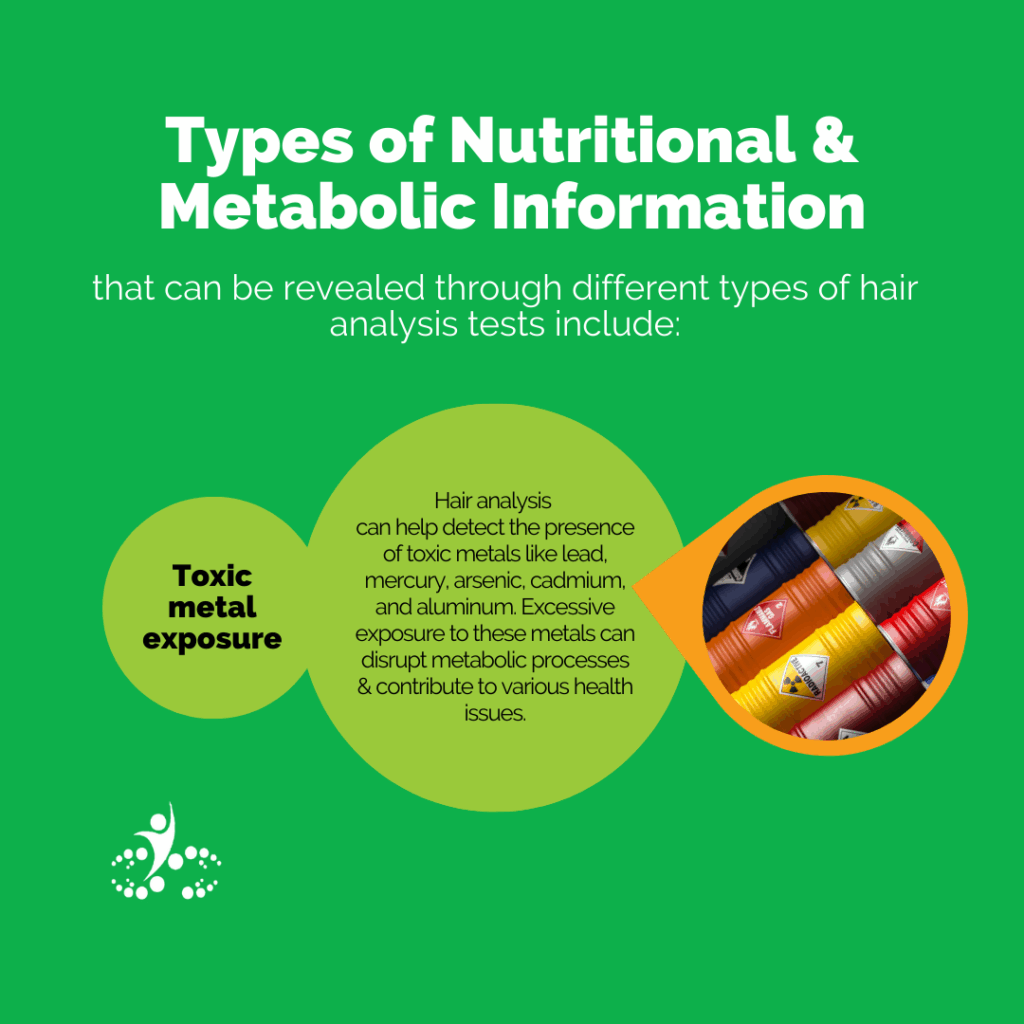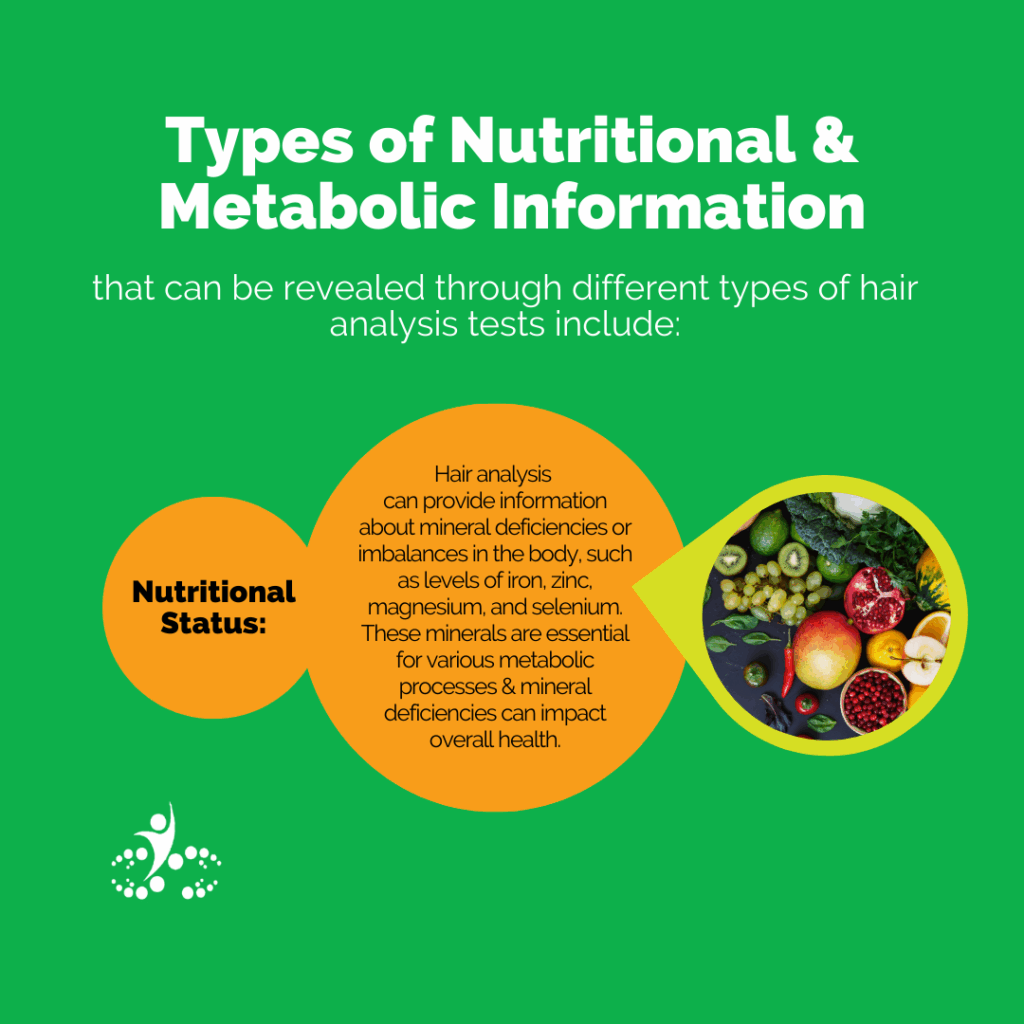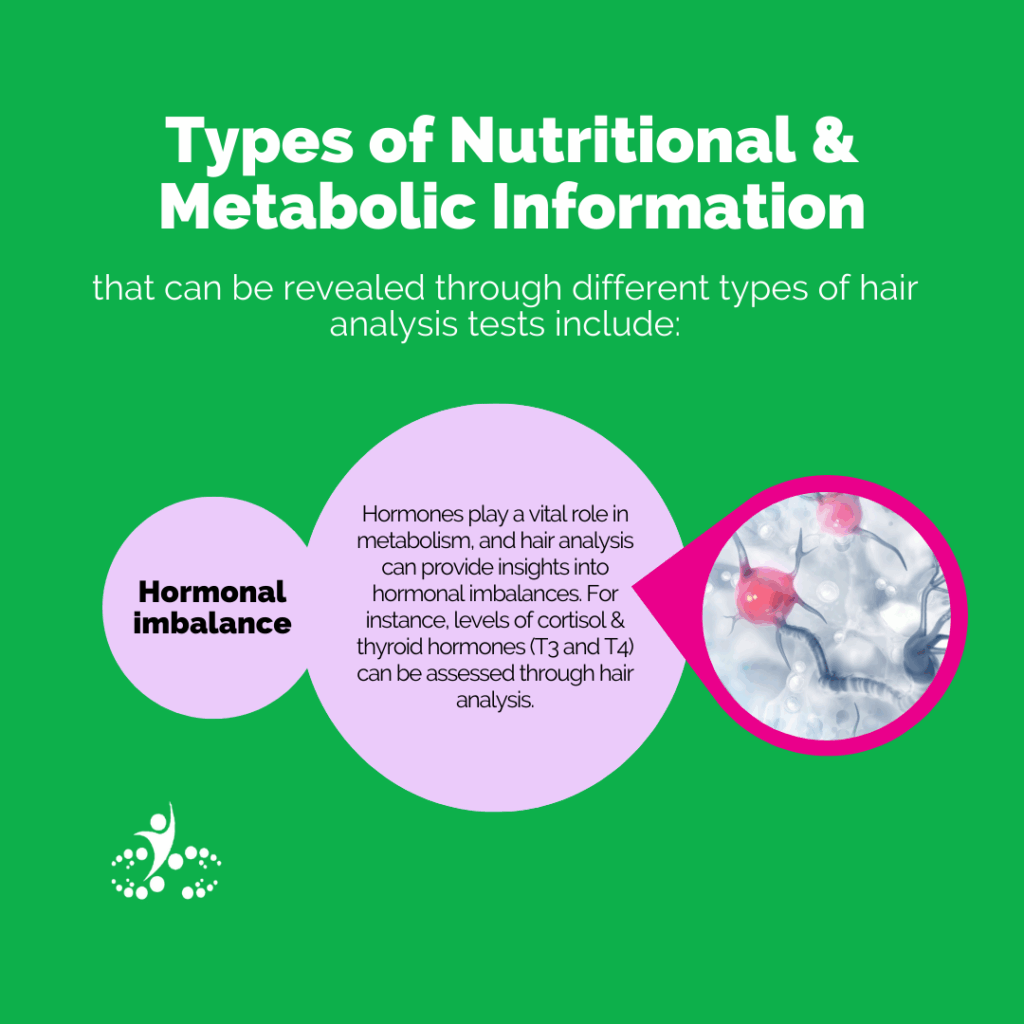Hair Analysis
We are excited to offer an innovative and compelling technology that has been developed in Europe for more than 15 years!
Evaluate gene expression to provide practical next steps towards achieving optimal health
Expanding evidence shows that our environment and nutrition play a key role in how we feel. This scientific field, known as epigenetics, is being discovered by health-conscious consumers who want to optimize their well-being or the well-being of others. A growing methodology for evaluating epigenetic expression is called resonance testing where the human body is assessed at the energetic level, capturing the unique frequencies that emanate from the various components of the body’s cellular systems.


Known as “epigenetic mapping”, the benefits of this testing include:
- Offers a “snapshot” of one’s nutritional profile including levels of vitamins, minerals, amino acids, fatty acids and antioxidants, as well as an extensive evaluation on the immune, gut and circulatory systems. (It also highlights environmental influences such as viruses, parasites, toxins and EMF exposure!)
- Noninvasive, it utilizes the hair follicle to gain access to the cellular frequencies of the body. Results are received in 15 minutes.
- Complementary to conventional testing, it can observe conditions that are not always detected by traditional blood testing.
- An actionable, preventative wellness perspective with a key focus on foods to consume as well as foods to restrict.
We use the hair bulb, found within the hair follicle, as an informational source, since the hair follicle is a biomarker capable of storing information that captures information from the micro and macro environment.
The information captured by the hair follicle changes with time, connected through resonance with the morphic field of that organism. (You!)
This interaction in turn is constantly adapting to environmental conditions including the air we breathe, the foods we eat, the myriad of nutrients absorbed from such foods, our living ecosystem including the impact of the electromagnetic environment, the 50,000+ thoughts we have per day, including our values, beliefs and emotions. Our genes are made of DNA packed into 44 autosomes and 2 sexual chromosomes found in the nucleus of the cell. They are copied by mRNA, which is transferred and then decoded in the ribosome to induce the synthesis of proteins. Based on this statement, the concept of the so called genetic dogma was developed. Meaning genes were thought to be responsible for physiological processes and are passed on generationally by genes.
Back in 2000 The Human Genome project (HGP) was completed and it was finalized in 2003 and shared with scientists throughout the world. The outcome highlighted that only 20,000 to 25,000 genes make up the entire human genome, this came as a big surprise as scientists from the 18 countries involved in the HGP expected the number of genes to be over 100,000 genes, since we have well over 100,000 proteins. A grain of rice has 12 autosomes and it genome contains 55,000 genes, over twice the number of those found in the human being.
The discoveries pondered the question:
“Why do humans’ have over 120,000 proteins making up the human body and yet there are only 25,000 genes to code for them?”
Incase you didn’t know already, hair follicles are biomarkers:
3% DNA encoded
97% environment
The junk DNA is in the environment… how ironic! Only 3% of the DNA is encoded or made of genes. The remaining 97% has been referred to as junk or non-coding DNA. The only answer to such a question is that something else is in control of the phenotype, and it not just the genome.
So, the answer to that question is epigenetic’s!




